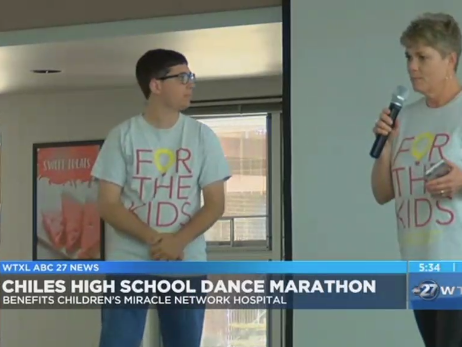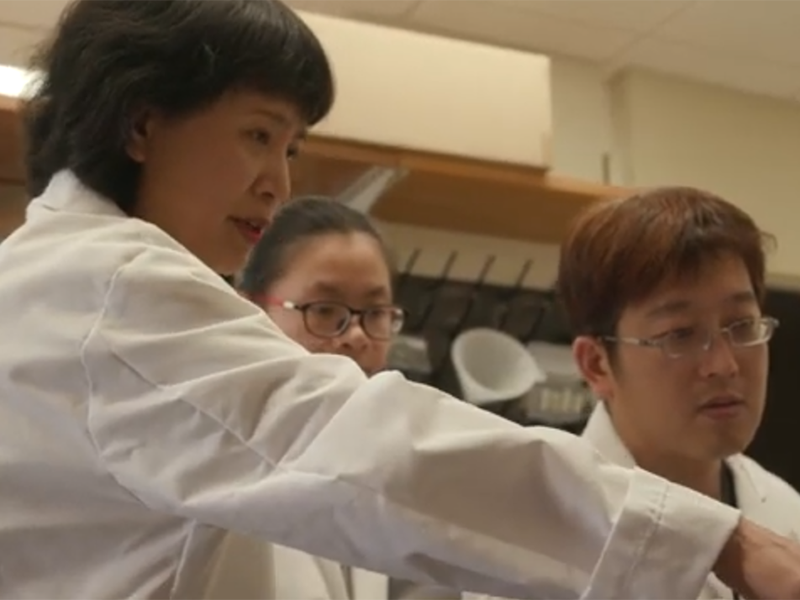MEDIA ADVISORY
CONTACT: Karen Myers, FSU College of Medicine
(850) 545-5679; Karen.myers@med.fsu.edu
March 1, 2019
FSUCares SPENDING SPRING BREAK ON MEDICAL OUTREACH TRIP
A number of Florida State University College of Medicine students are looking for more than fun in the sun during spring break. This year, like every year since the College of Medicine welcomed its first class in 2001, students will be traveling to Immokalee to provide health screenings and patient education to migrant farmworkers and local seniors.
Eleven first-year medical and physician assistant students are making the trip. They’re joined by a handful of faculty members, including College of Medicine Dean John P. Fogarty and faculty from the College of Medicine’s Immokalee Health Education Site.
The trip is sponsored by FSUCares, a student-run organization designed to help the underserved and underprivileged populations both locally and abroad. The trip is made possible through a grant from the Chapman Foundation.
“This trip is a unique opportunity to provide medical outreach to migrant farmworkers who may not have access to care, and expose students to this population and its needs,” said Karen Myers, FSU College of Medicine associate professor and faculty advisor to FSUCares. “Our students are giving up their spring break and prioritizing the mission of our college, and they’re getting a cultural education in return. For as long as we’ve been doing this service-learning trip, nearly every student involved has returned to Immokalee for an additional rotation in their third and fourth years.”
Students and faculty will be available for interviews and photos in Immokalee.
SATURDAY, MARCH 2
9 a.m.-Noon
Immokalee Community Park
321 N. 1st St.
Immokalee
Providing health information to children and families and assisting with activities at Ciclovia Immokalee.
4-7:30 p.m.
Horizon Village Labor Camp
415 Rose Ave.
Immokalee
Providing health screenings and HIV screenings at local migrant camp for single males.
MONDAY, MARCH 4
8-11:30 a.m.
The Roberts Senior Center
905 Roberts Road
Immokalee
Providing health screenings, medication reconciliation and arts-in-health activity for local seniors.
Please note: The itinerary is subject to change. Contact Karen Myers to make arrangements for interview opportunities March 2-5.
For more about FSUCares, visit med.fsu.edu/fsucares
For more about the College of Medicine’s Immokalee Health Education Site, visit med.fsu.edu/Immokalee
###




